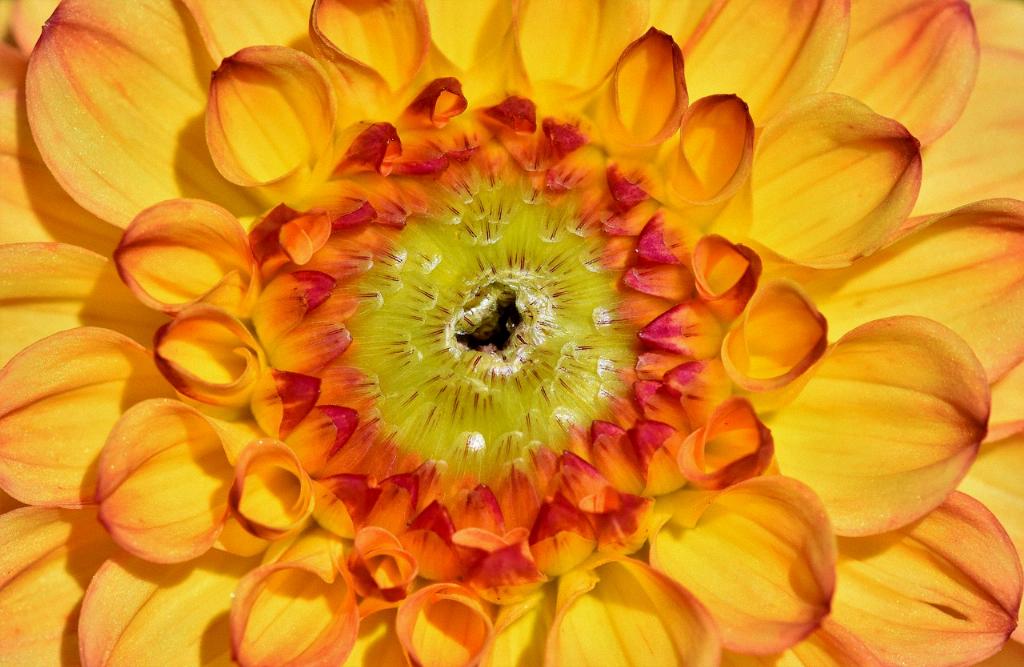Timing is crucial when it comes to planting dahlia bulbs to ensure they thrive and bloom beautifully. The best time to plant dahlia tubers is typically in the spring, after the risk of the last frost has passed. This period usually falls within mid-April to early June, depending on your specific region.
Before you start planting your dahlia bulbs, it’s essential to check your local frost dates. Knowing when the last frost is expected in your area will help you determine the ideal timing for planting. Planting too early can expose the bulbs to potential frost damage, while planting too late may result in stunted growth.
When the threat of frost has subsided, and the soil has warmed up sufficiently, typically above 60°F (15.5°C), it’s time to get your dahlia bulbs in the ground. Warm soil temperatures are crucial for bulb development and root establishment, which will promote healthy growth and abundant flowering later on.
As you prepare to plant your dahlia bulbs, choose a sunny location in your garden with well-draining soil. Dahlias thrive in full sun, receiving at least 6-8 hours of direct sunlight daily. Ensure the soil is fertile and rich in organic matter to provide the necessary nutrients for the bulbs to grow vigorously.
When planting your dahlia bulbs, make sure to place them at the right depth. The general rule of thumb is to bury the bulbs 4-6 inches deep in the soil, with the growing tips facing upwards. Proper planting depth is essential for the bulbs to establish strong root systems and emerge successfully when it’s time to sprout.
Spacing is another critical factor to consider when planting dahlia bulbs. Provide ample space between each bulb to allow for proper air circulation and prevent overcrowding once the plants start growing. This spacing will help reduce the risk of diseases and promote healthier growth and blooming.
After planting your dahlia bulbs, water them thoroughly to ensure the soil is evenly moist but not waterlogged. Regular watering is essential, especially during the initial stages of growth, to help the bulbs settle in and begin developing their roots. Avoid overwatering, as it can lead to rot and other issues.
Applying a layer of organic mulch around the planted dahlia bulbs can help retain moisture in the soil, regulate temperature fluctuations, and suppress weed growth. Mulching also adds nutrients to the soil as it breaks down over time, promoting healthier growth and blooming for your dahlia plants.
As your dahlia bulbs start to grow and produce foliage, you may consider providing support for the plants, especially for taller varieties. Staking or using cages can help prevent the plants from bending or breaking under their own weight, ensuring they grow upright and display their blooms beautifully.
Throughout the growing season, continue to monitor the soil moisture levels and provide regular watering as needed. Fertilize your dahlia plants periodically with a balanced fertilizer to support healthy growth and blooming. Deadhead spent blooms to encourage continuous flowering.
By following these guidelines and planting your dahlia bulbs at the right time and in optimal conditions, you can look forward to a bountiful display of colorful blooms later in the season. With proper care and attention, your dahlia plants will reward you with their beauty and vibrancy, brightening up your garden for months to come.

